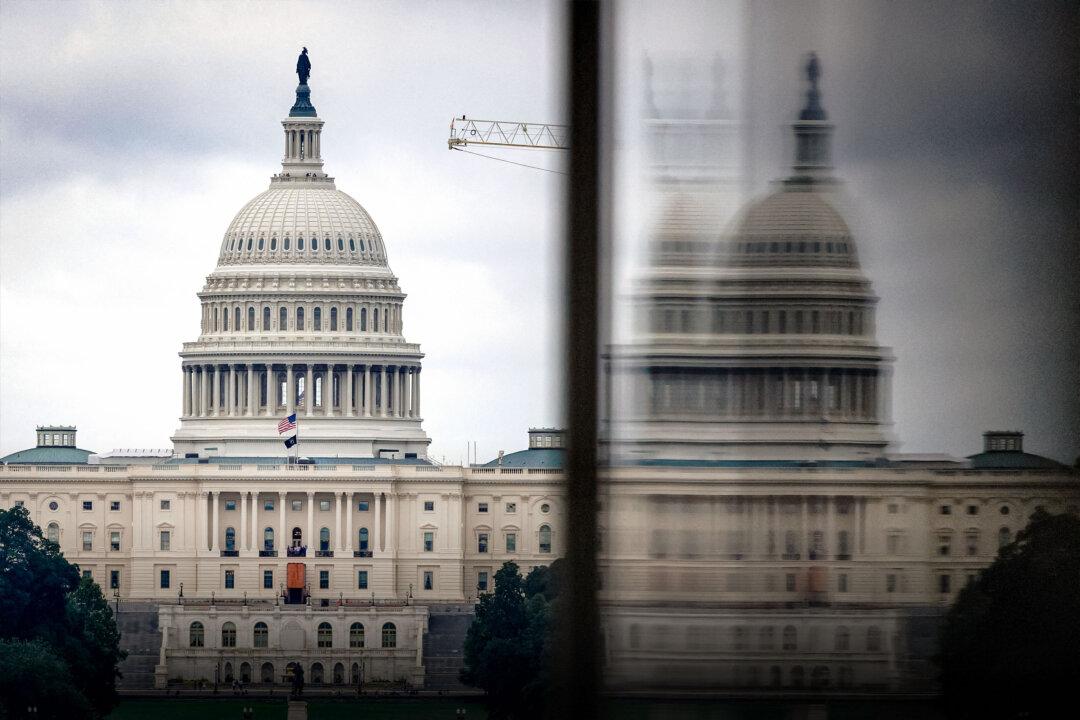Earmarks are special-interest spending provisions that often benefit campaign donors, former staff aides, or relatives of individual senators and representatives. They typically aren’t officially linked to the benefiting congressman and are often buried in huge appropriations bills or concurrent spending resolutions.
“For the third year in a row, members of Congress have set a record for the cost of earmarks during the supposed earmark moratorium. This year’s Congressional Pig Book exposes 274 earmarks, a decrease of 2.8 percent from the 282 in Fiscal Year 2019,” states the new edition, which was made public by CAGW during a news conference on July 15.
“While the number of earmarks declined slightly, their cost went in the opposite direction. Legislators added $15.9 billion in earmarks in FY 2020, an increase of 3.9 percent from the $15.3 billion in FY 2019. The cost of the FY 2020 earmarks is only 3.6 percent less than the $16.5 billion in FY 2010, the last year prior to the moratorium.”
The FY 2020 total of $15.9 billion represents an increase of 133.8 percent, compared to the FY 2017 total of $6.8 billion. The annual number of earmarks for 2020 represents a 68.1 percent increase over 2017.
“The primary cause of this upsurge in earmarks is the two consecutive budget deals that revoked the spending restraints imposed by the 2011 Budget Control Act (BCA),” the Pig Book says.
“The Bipartisan Budget Act of 2018, signed into law Feb. 9, 2018, paved the way for a 13.4 percent increase in spending in FYs 2018 and 2019.
“The subsequent Bipartisan Budget Act of 2019 covering FYs 2020 and 2021, which became law Aug. 2, 2019, lifted spending caps by $320 billion.”
- Congress added five separate earmarks for the Department of Defense (DOD) worth a combined total of $2 billion to buy 16 F-35 Joint Strike Fighters (JSF) that the U.S. military didn’t request.
- Presidents Barack Obama and Donald Trump both recommended that the Appalachian Regional Commission and the Delta Regional Commission be abolished, but Congress included an earmark worth $9 million in current spending on the two panels.
- Ten earmarks worth a combined total of $94 million are for industrial base analysis and sustainment studies. “Beyond specifying the broad areas in which the money will be spent, like lead-free electronics, the language in the appropriations bill provides no further information regarding the location or purpose of the funding,” according to the Pig Book.
- Trump recommended reduced funding for the Small Business Administration’s Entrepreneurial Development Program (EDP), which would have resulted in $93 million in savings. Instead, Congress included an earmark to keep EDP alive worth $80.3 million, a 45 percent increase over 2019’s $55.9 million.
- Congress included an earmark worth $28.5 million for “wild horse and burro management” in the Western states, an 86.5 percent increase over 2019. “Wild horses could not drag members of Congress away from this wasteful spending,” the Pig Book noted.
“The loophole is embedded in the appropriations process, under which the members of the appropriations committees write the bills,” Schatz said.
“The conference committee meetings, where much of the mischief has happened over the years, are closed to the public. Without transparency, it’s hard for there to be accountability.”
Schatz pointed out during the news conference announcing the new Pig Book that the Department of the Treasury said on July 13 that the federal deficit for June reached a monthly record of $864 billion. Most of that was due to the $8 trillion the government has spent in 2020 on the CCP virus pandemic and economic recovery measures.
To date, Norman and Budd are the only official co-sponsors.
“We’re at a point of no return,” Norman said during July 15’s CAGW news conference. “We’re at a critical point. It’s time to say no and to stand up on this issue.”





